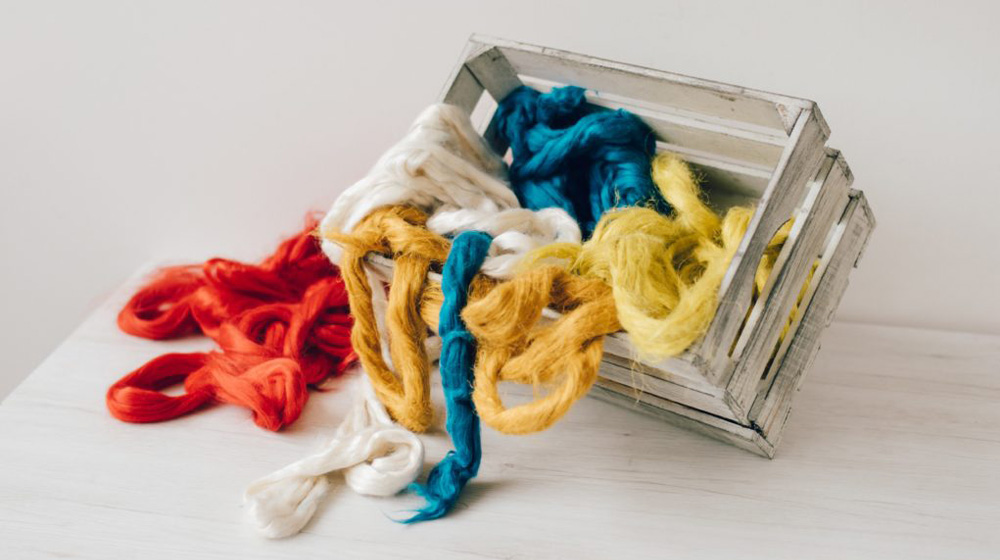
Cotton is a natural fiber and it is one of the most used fibers together with wool. Also, it is one of the few non-edible cultivations that humankind has sewn for centuries. For the cotton plant to be able to grow, it needs a warm climate with very wet periods followed by very dry ones, as the latter are necessary for it to ripen.
The fiber, used for textile production, is very long, soft, and extremely shiny, and is derived from the thick fuzz in which the seeds are wrapped. This fuzz is made up of pure cellulose and that is where the fiber comes from. It is usually harvested at the end of the warm season. Each plant can yield up between 2 and 5 kilos of fiber. The longer fibers are transformed into yarn, while the short ones are used to make pure cellulose.
It was introduced to Europe for the first time when the Saracens came to Sicily, shortly before the year 1000. However, it took at least another 3 centuries for it to spread out. For a long time, cotton was considered a luxury item on par with silk.
This fiber became exponentially more important when America was discovered, as new local species were found, which were significantly different from those coming from Asia. Cotton plantations became very common especially in South America, but it got to its maximum expansion from 1792, when new technologies made production infinitely cheaper.
In order to improve and enhance certain features of cotton items, some special processes are used. These include:

Absorbent cotton is a product which was carded and bleached, to make it highly absorbent. The product may then be sterilized, thus making it suitable for medical use. Synthetic fiber wadding, instead, is a soft, fragile felt, made by mixing cotton cuttings which were previously washed, beaten and frayed with virgin fiber and cleaned wastes. Cotton wool is frequently used for furniture padding and to make clothes.
Cotton is material which does not need any special care, but it is always best to keep some basic things in mind. It can be washed with laundry detergent as well as with other types of detergent, without damaging the fiber. You need to be careful about drying it, because if you leave it wet for a long time it can be attacked by bacteria and mould. Unlike wool and silk, it is usually not attacked by moths.
DHG has been offering cotton tops dyed and raw. It is ideal for use with many different techniques, but mainly it is used for spinning and hand felting (both wet felting and needle felting), with delightful results. Try it out yourself!
WRITE A COMMENT